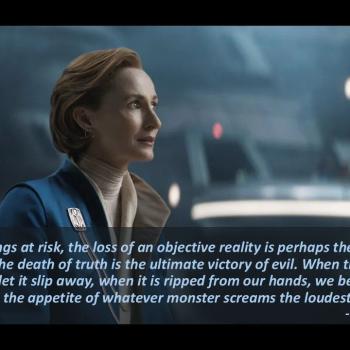Being appropriately skeptical is an important tool in the toolbox of the academic, but scholarship is not merely skepticism. I explain this in my latest article in The Bible and Interpretation, and thought that I should share it here so that subscribers to my blog are made aware of it and get a chance to read it. Skepticism of Scholarship As I consider my own journey into and through academia, the most fundamental shifts that I have undergone pertain to... Read more

















